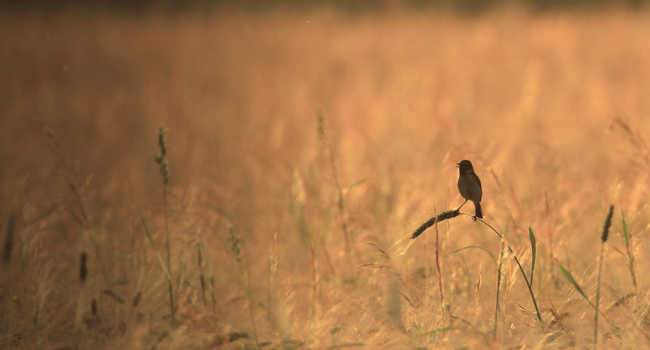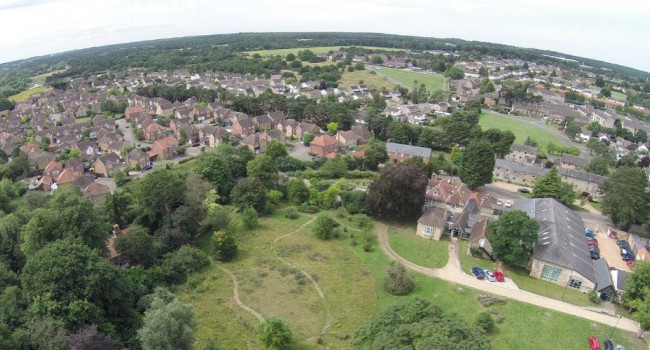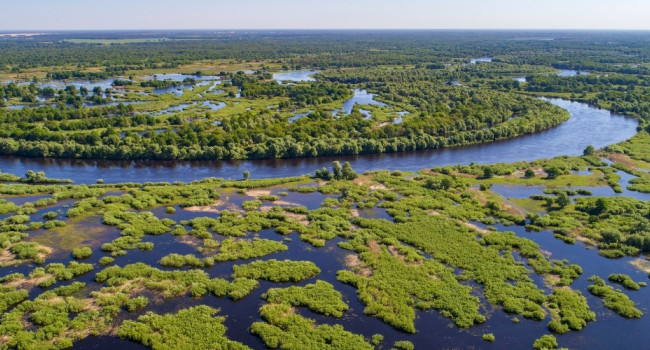A method to evaluate the combined effect of tree species composition and woodland structure on indicator birds
Author(s): Dondina, O., Orioli. V., Massimino, D., Pinoli, G. & Bani, L.
Published: April 2015
Journal: Ecological Indicators Volume: 55
Digital Identifier No. (DOI): 10.1016/j.ecolind.2015.03.007
Providing quantitative management guidelines is essential for an effective conservation of forest-dependent animal communities. Traditional forest practices at the stand scale simultaneously alter both physical and floristic features with a negative effect on ecosystem processes. Thus, we tested and proposed a method to define forestry prescriptions taking into account the combined effect of woodland structure and tree species composition on the presence of four bird indicator species (Marsh Tit Poecile palustris, European Nuthatch Sitta europaea, Short-toed Tree-creeper Certhya brachydactyla and Blue Tit Cyanistes caeruleus). The study was carried out in Lombardy (Northern Italy), from 2002 to 2005. By using a stratified cluster sampling design, we recorded Basal Area, one hundred tree trunk diameters at breast height (DBH) and tree species in 160 sampling plots, grouped in 23 sampling areas. In each plot we also performed a bird survey using the point count method. We analyzed data using Multimodel Inference and Model Averaging on Generalized Linear Mixed Models, with species presence/absence as the response variable, sampling area as a random factor and forest covariates as fixed factors. In order to test our method, we compared it with other two traditional approaches, which consider structural and tree floristic variables separately. Model comparison showed that our method performed better than traditional ones, in both the evaluation and validation processes. Based on our main results, in deciduous mixed forest where the exploitation demand is limited, we recommend maintaining at least 65 trees/ha with DBH>45cm. In particular, we advise keeping 70 trees/ha with DBH>50cm in chestnut forests and 300 trees/ha with DBH 20–30cm in oak forests. Conversely, in more exploited oak forests, we advise maintaining at least 670 trees/ha with DBH 15–30cm in chestnut forests and 100 trees/ha with DBH 10–15cm.
Providing quantitative management guidelines is essential for an effective conservation of forest-dependent animal communities. Traditional forest practices at the stand scale simultaneously alter both physical and floristic features with a negative effect on ecosystem processes. Thus, we tested and proposed a method to define forestry prescriptions taking into account the combined effect of woodland structure and tree species composition on the presence of four bird indicator species (Marsh Tit Poecile palustris, European Nuthatch Sitta europaea, Short-toed Tree-creeper Certhya brachydactyla and Blue Tit Cyanistes caeruleus). The study was carried out in Lombardy (Northern Italy), from 2002 to 2005. By using a stratified cluster sampling design, we recorded Basal Area, one hundred tree trunk diameters at breast height (DBH) and tree species in 160 sampling plots, grouped in 23 sampling areas. In each plot we also performed a bird survey using the point count method. We analyzed data using Multimodel Inference and Model Averaging on Generalized Linear Mixed Models, with species presence/absence as the response variable, sampling area as a random factor and forest covariates as fixed factors. In order to test our method, we compared it with other two traditional approaches, which consider structural and tree floristic variables separately. Model comparison showed that our method performed better than traditional ones, in both the evaluation and validation processes. Based on our main results, in deciduous mixed forest where the exploitation demand is limited, we recommend maintaining at least 65 trees/ha with DBH>45cm. In particular, we advise keeping 70 trees/ha with DBH>50cm in chestnut forests and 300 trees/ha with DBH 20–30cm in oak forests. Conversely, in more exploited oak forests, we advise maintaining at least 670 trees/ha with DBH 15–30cm in chestnut forests and 100 trees/ha with DBH 10–15cm.
Staff Author(s)







Share this page